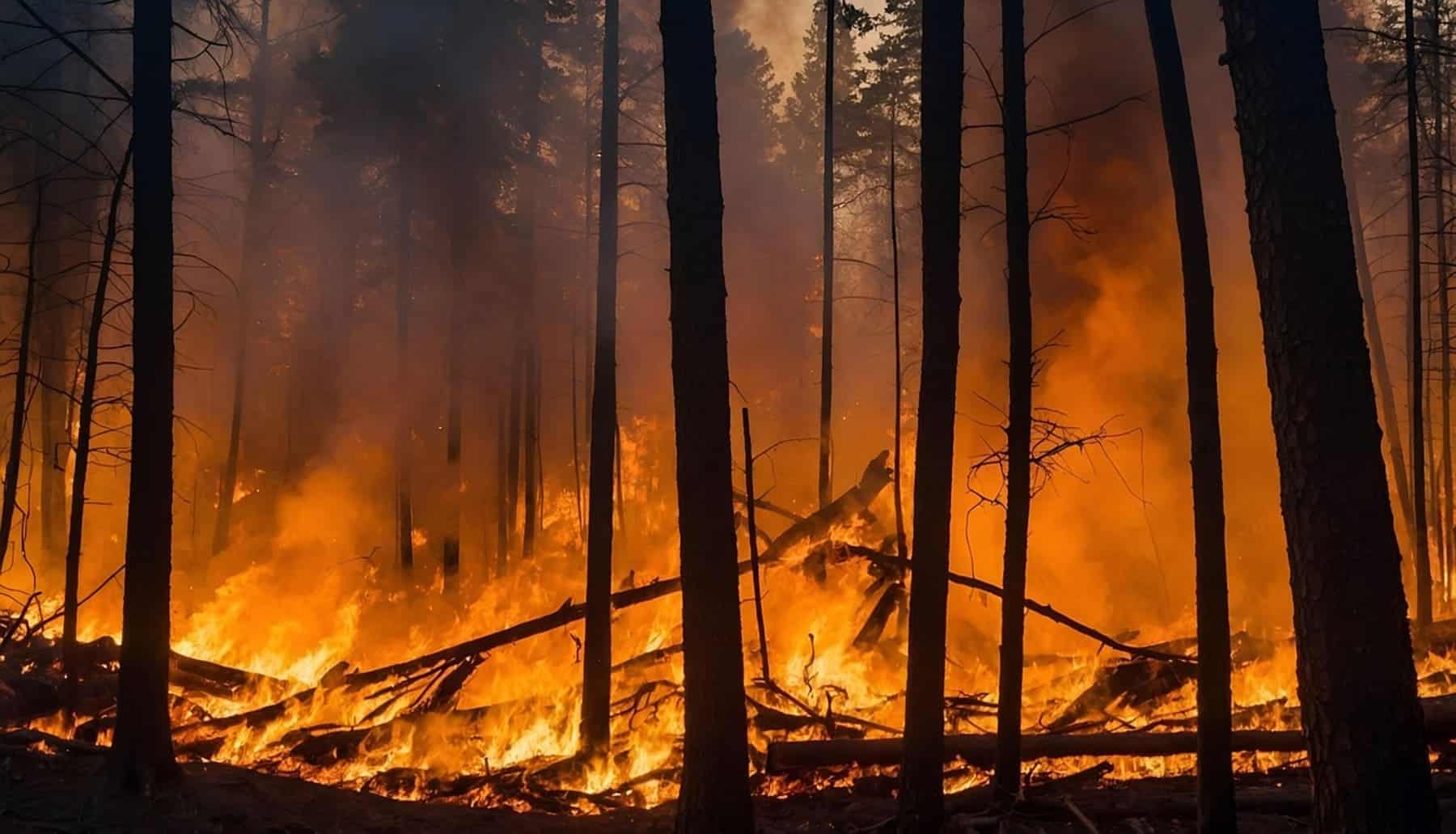The European Academia Advisory Council, through a report, has launched an urgent and important warning about the media, resources and policies carried out by the European Union in management and management and forest fire prevention aiming that it is necessary to implement new strategies in this regard.
Strategies that, in their opinion, must go from reactives based on extinction to more proactive in the same territory and where the risk is taken into account associated with these forest fires.
In this analysis, they specify that “the future of Europe will increasingly involve living with fire and Adapt society to a new and challenging reality. In Europe, more than double urban areas are at risk of fire compared to North America and Asia. ”
It needs, according to a report, new policies to meet the management and prevention of forest fires
According to a new report, the European Union continues to focus its efforts on fire extinction, a strategy that alone is not enough to address the growing problem of fire. Investing in new policies focused on prevention, territory management and education can be key to face it more effectively.
He Science Advisory Council of European Academies (EASAC, for its acronym in English) has made an urgent appeal for European policy on forest fires to change: of a reactive strategy based on extinction, to a proactive management of the risk -based territory.
“Many regions of Europe are experiencing a Great increased multiannual droughtswhich entails a greater probability of extreme fires. Some areas are likely to suffer serious events every two years, ”says Thomas Elmqvist, director of the EASAC.
In that sense in his latest report he warns that “the future of Europe will increasingly involve living with fire and adapting society to a new and challenging reality. In Europe, more than double urban areas are at risk of fires compared to North America and Asia.” Currently, forest fires in the EU burn, on average, Half a million hectares a year, almost double the size of Luxembourg.
The report presented by the EASAC, Changing fires in Europehas been prepared by 23 scientists appointed by their respective national science academies. This highlights the complex factors that promote the increased risk of forest fires, among which are climate change, rural depopulation and changes in land use.
In addition, droughts and decrease in rainfall in summer are expected to double the risk of fire for 2100. While the abandonment of agricultural land and the uncontrolled growth of vegetation has created vast landscapes of flammable biomass.
Turning off fires is no longer enough
EASAC criticizes the current policies of the European Union (EU) for focusing excessively on extinction and emergency response instead of prioritizing prevention. “To suffocate fires is not enough. We must address the deep causes, better combat climate change, invest in resilient landscapes and foster a society that learns to live with fire,” says Cathelijne Stoof, co -president of the Easac Forest Fire Working Group.
Likewise, the Council underlines the need for Increase institutional capacityimprove cross -border collaboration and share resources between EU member states.
Among its key messages are the implementation without the delay of climatic policies and land use. This includes the new EU Nature Restoration Law, focused on restoring carbon -rich boobs and managing forests sustainably. Second, that biodiversity and reforestation plans must integrate the risk of fire by vulnerability in reforested areas. And third, implement educational programs on forest fires.
As for political recommendations, they emphasize to invest in the integrated reduction in the risk of forest fires, implement nature -based solutions and allow burned burning to maintain ecological balance.
From the agriculture, environment and urban development sector, it is requested to harmonize sectoral policies, as well as encourage sustainable management of private land to help owners adopt preventive measures.
Additionally, landscape management and delimit the urban-forest area could minimize fire spread. While investing in education and communication increases ‘literacy in fire’ and a better preparation against this.
A common enemy: fires
Although the Mediterranean remains the region of greatest risk in Europe, the report warns that also Continental, alpine and boreal regions should be prepared for a new fire era.
“The changing fire regime, with larger and more intense fires, is due not only to the weather, but also to socio -economic structural transformations.” Says Orsolya Valkó, co -president of the Easac Forest Fire Working Group
“Many new areas, such as central Europe and mountainous areas that are rapidly increased their temperature will probably be exposed to climatic conditions prone to serious fires. This implies a fundamental change with important consequences for environmental and public safety,” he says.
The presentation of the report on May 19 is the prelude to the publication of a European strategy proposal by Firelogue, a coalition of research projects, during a two -day event that will take place on May 20 and 21 in Brussels.
“We must adopt landscapes adapted to fire, involve communities and integrate policies, science and technology to adapt effectively,” says Claudia Berchtold Doctor at the Fraunhofer Gesellschaft and one of the main taxpayers to the strategy.

